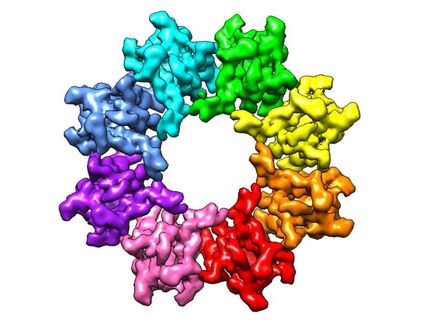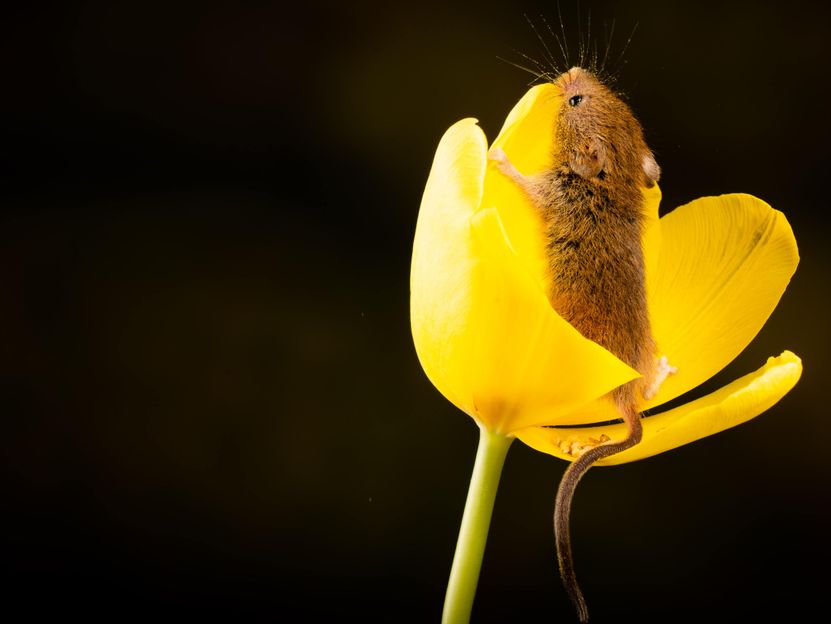Genetic discovery could break wine industry bottleneck, accelerate grapevine breeding
Could point the way toward production of European-tasting wines from American vines
One of the best known episodes in the 8000-year history of grapevine cultivation led to biological changes that have not been well understood – until now. Through biomolecular detective work, German researchers have uncovered new details about the heredity of Vitis varieties in cultivation today. In the process, they have opened the way to more meaningful classification, accelerated breeding, and more accurate evaluation of the results, potentially breaking a bottleneck in the progress of the wine industry. Their discovery removes a major obstacle to a development already under way – that is, a shift toward grapevine breeding guided by highly specific genetic markers. It may even point the way toward production of European-tasting wines from North American cultivars, free of the "musty" or "foxy" flavors associated with New World grapevines.
In response to the "great European wine blight" of the mid-1800s, growers aimed at preserving the most desirable qualities of European grapes while breeding in the hardiness of North American varieties. These were naturally resistant to native pests that had found their way – by steamship, most likely – across the Atlantic to Europe. Beginning around 1860, the introduction of two North American pests – an aphid and a fungus – nearly destroyed the wine industry, particularly in France. A century ago, many hybrids were in use, but the wine they produced was judged to be so inferior in flavor that winemakers were prohibited from blending them with higher-quality traditional wines.
Today, breeders as well as growers have many reasons to want to know the heritage of grapevines, and readily observed traits are seldom sufficient. To distinguish among the countless grapevine cultivars, even experts need more than meets the eye. Much of a plant's history can be read on the molecular level, from its DNA and biochemistry, and modern scientific tools have been developed to discern the "fingerprints" of Old World, New World, and hybrid grapevines. New research shows, however, that one of the best established fingerprinting tools is not completely reliable, because it assumes a simpler genetic history than the biomolecular evidence records.
The investigation was a collaboration between the Technische Universitaet Muenchen in Bavaria and the JKI Institute for Grapevine Breeding, along the famous Weinstrasse or "wine route" in the Pfalz region. Clues led the researchers to suspect that a difference in a particular phytochemical marker that has long been used to distinguish grape varieties stemmed not from a single gene mutation, but from a double mutation. Furthermore, they revealed, the chromosome bearing the double-mutated gene is one that may also carry a gene responsible for the poor, "musty" aroma of the North American varieties. A complex series of experiments and analyses confirmed this, and ruled out other possible explanations. A detailed description of the methods and results has been published in the Journal of Agricultural and Food Chemistry .
The biochemical process at the crux of the investigation is the production of anthocyanin pigments. Red European Vitis vinifera cultivars produce only pigment compounds such as the one called oenin (malvidin 3-O-glucoside), whereas most other Vitis species and hybrids can produce pigment compounds like malvin (malvidin 3,5-di-O-glucoside) as well. This subtle difference, which has been used to classify wines according to their varietal origin, had been attributed to a particular gene mutation inherited by the European plants. If that was the whole story, however, certain breeding programs might have been expected to turn on malvin production in European varieties, and this had never been observed.
Professor Wilfried Schwab of the Biomolecular Food Technology Department at TUM led the effort to find out what genetic changes would restore malvin-producing enzymatic activity in European varieties – with the primary aim of teasing out missing details of their family history. The tools the investigators brought to bear included techniques for isolating and cloning DNA sequences of interest, rewriting specific parts of the genetic code – through what's called site-directed mutagenesis – and determining the three-dimensional structure of proteins expressed as a result. Their discovery of a double mutation could lead to the development of more accurate classification tools and effective marker-assisted breeding methods. They suggest that this knowledge might also be used in another way, to enable American species and cultivars to produce European-tasting wines, free of the "musty" or "foxy" flavors associated with New World varieties.
Original publication: Laszlo Janvary, Thomas Hoffmann, Judith Pfeiffer, Ludiger Hausmann, Reinhard Toepfer, Thilo C. Fischer, and Wilfried Schwab; "A Double Mutation in the Anthocyanin 5-O-Glucosyltransferase Gene Disrupts Enzymatic Activity in Vitis vinifera L ."; Journal of Agricultural and Food Chemistry 2009, 57, 3512-3518.

























































